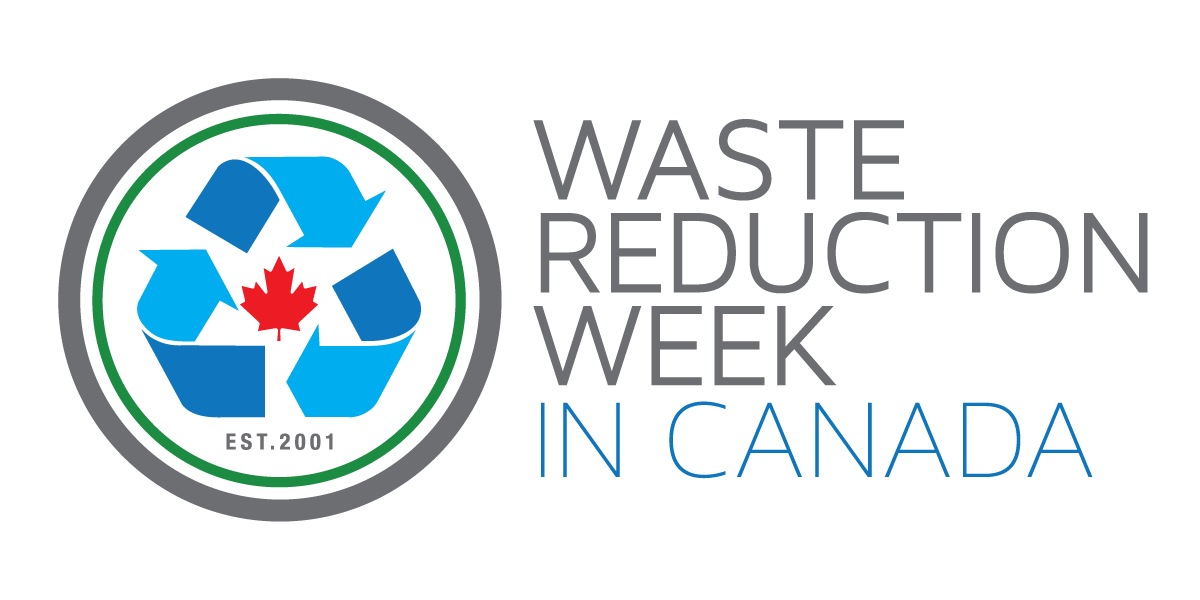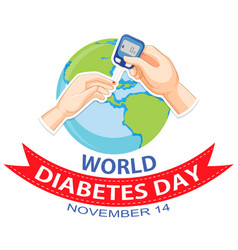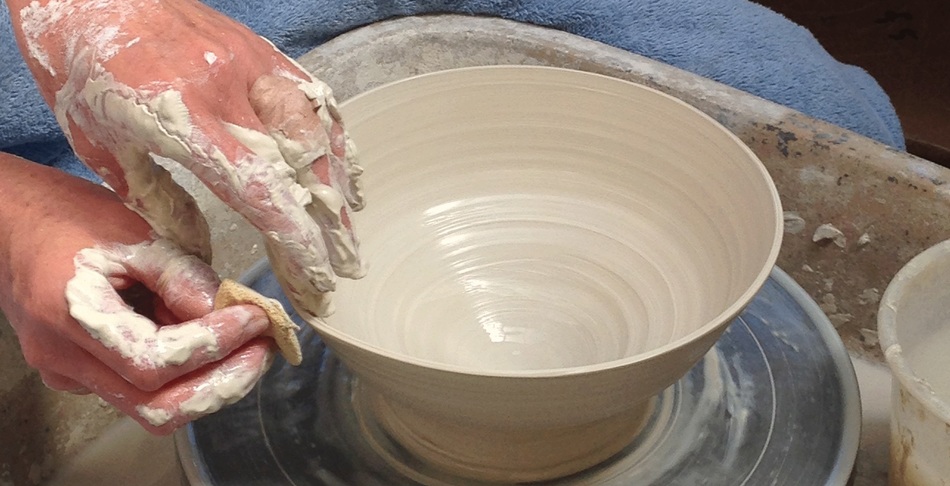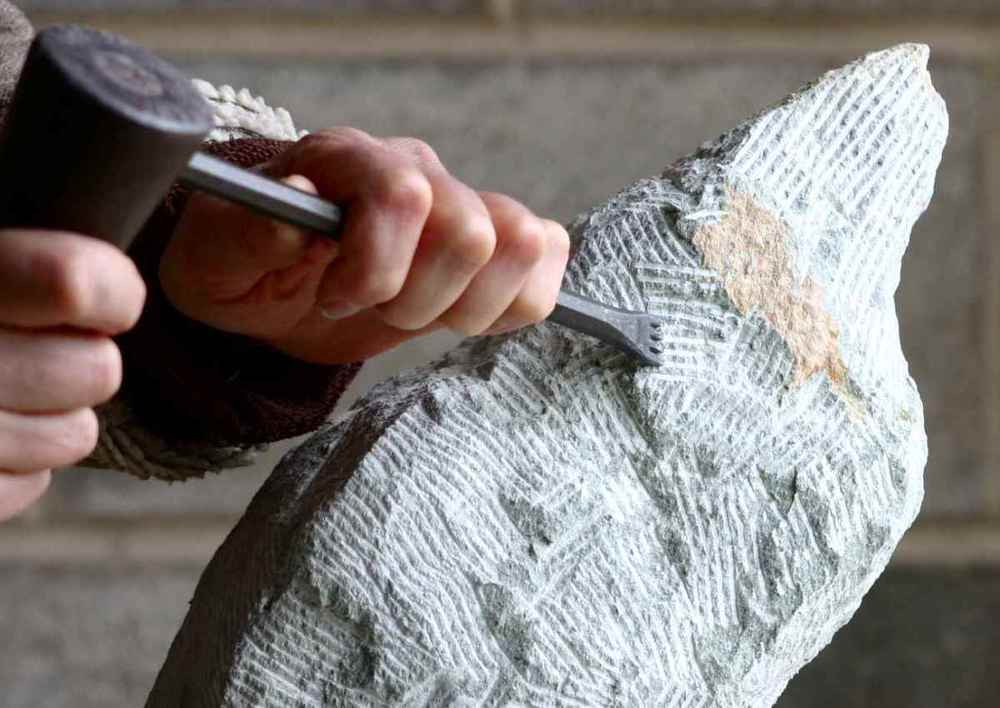Towering, majestic, and beautiful. Mountains are some of the most beautiful of nature’s structures, stolid and regal they stand against the sky, of such a size that they can catch entire countryside’s in their shadow, and turn back the ravages of storms against their unflinching sides. They are the source of recreation and resource, with snow covered sides providing ski slopes to enthusiasts, and minerals in abundance to those brave enough to delve into their stony sides.
In certain areas of the world they are also a source of unique agriculture, providing ample space for the production of those products that grow best on their slopes. Coffee, Cocoa, Herbs, Spices, and the form of handicrafts that spring from the minds of those who live in the unchanging protection of these towering edifices to geology. International Mountain Day is your opportunity to head out and appreciate these unique landforms, and all they have to offer.
History of International Mountain Day
Established in December of 2003, the United Nations General Assembly created this day to help bring awareness to all of the things we rely on mountains for. Whether it’s all of the glories mentioned above, or how necessary they are for the health and well-being of the flora and fauna that call them their home, International Mountain Day promotes them all.






 World Diabetes Day is the world’s largest diabetes awareness campaign reaching a global audience of over 1 billion people in more than 160 countries. The campaign draws attention to issues of paramount importance to the diabetes world and keeps diabetes firmly in the public and political spotlight.
World Diabetes Day is the world’s largest diabetes awareness campaign reaching a global audience of over 1 billion people in more than 160 countries. The campaign draws attention to issues of paramount importance to the diabetes world and keeps diabetes firmly in the public and political spotlight.


 Or again, I see God as the artist PAINTER who works with imagination and creativity.
Or again, I see God as the artist PAINTER who works with imagination and creativity.

